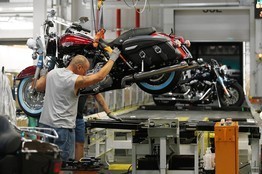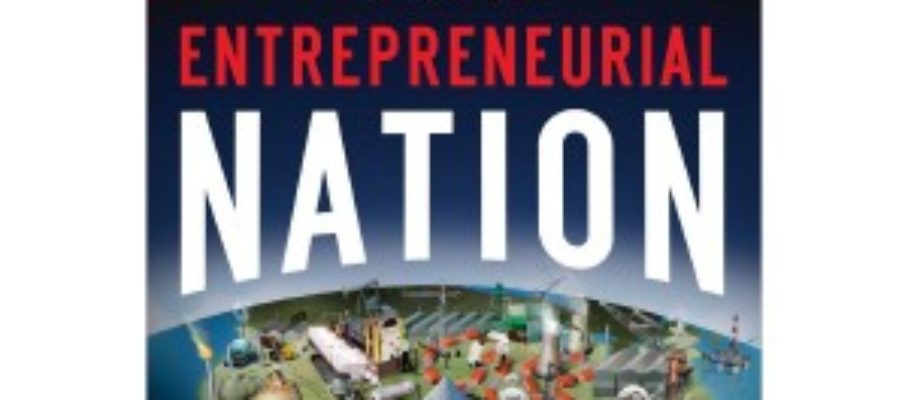Sep 26 2012
Harley Goes Lean to Build Hogs
See on Scoop.it – lean manufacturing
American manufacturers including Harley-Davidson have embraced flexible production and hiring that have lessened their risks of a sudden drop even if the economy slips into a deep slump.
See on online.wsj.com




Sep 26 2012
Video on Lean at ACT Trailers
This morning, I received the following email from a manufacturer of trailers in Indiana, with a link to a Youtube video they produced for their dealers. It is a good case of organizing production around the demand structure. At the end of the video, they acknowledge Bill Waddell for his help. Here is the full message:
Share this:
Like this:
By Michel Baudin • Personal communications 0 • Tags: Lean assembly, Lean implementation, Lean manufacturing, Value Stream